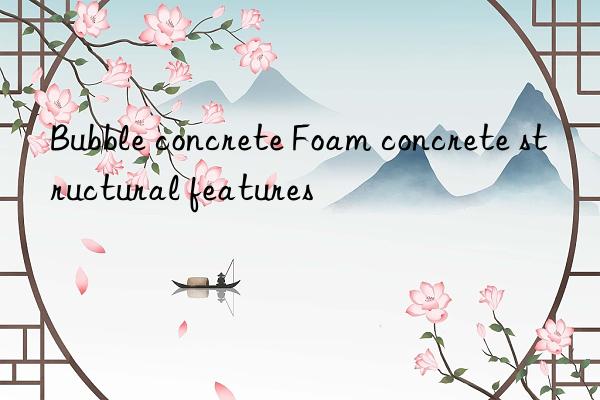
The most outstanding feature of bubble concrete is its pore structure. In the bubble concrete structure, there are two types of pore structures: foam pore structure and structural pores. The shape of its pore structure is divided into three categories: closed round holes (or polyhedral holes), holes that are not completely closed, and completely through holes due to different production process conditions. Among them, the pores that affect the water absorption performance of bubble concrete are mainly the latter two. The pore structure also greatly affects the strength and other mechanical properties of bubble concrete.
Structural pores are divided into gel pores, capillary pores and transition pores between the two according to their size and origin. The gel pore size is generally less than 5nm; the capillary pore is the original water-filled space in the raw material water system that is not filled by hydration products, and its pore size is generally greater than 200nm. The pores between the above two types of pores are called transition pores. Since the structural pores are much smaller in size than the pore structure and are basically independent, the impact on the water absorption and strength properties of bubble concrete is much smaller than that of the pore structure.
</p



 微信扫一扫打赏
微信扫一扫打赏
